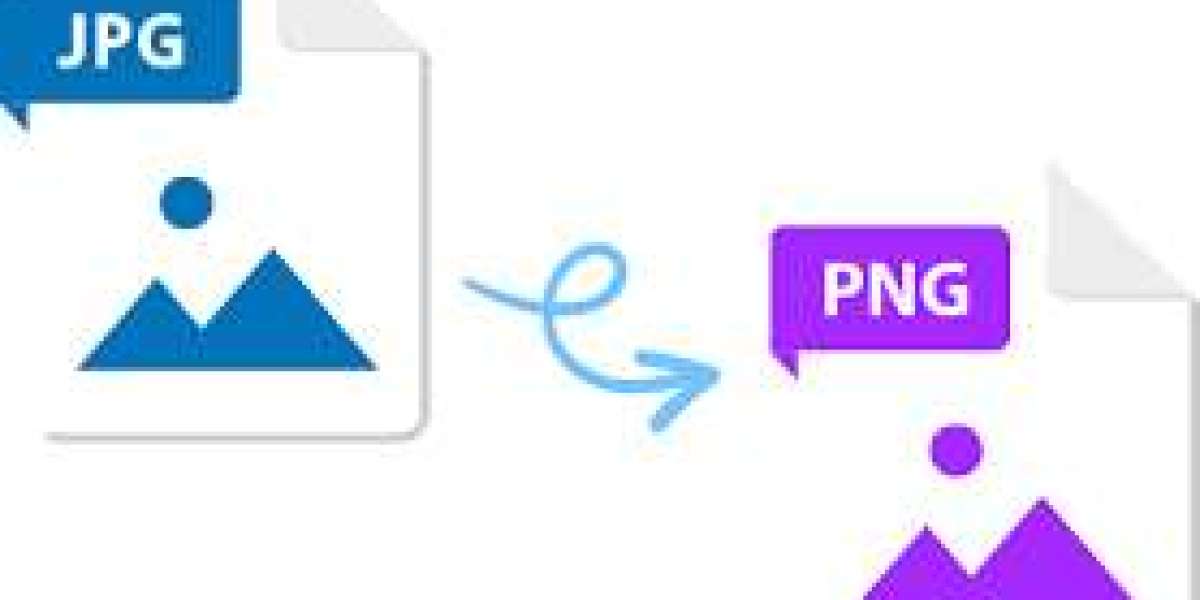Images are a vital part of our digital world, and understanding different image formats is crucial. Two popular formats are JPEG (Joint Photographic Experts Group) and PNG (Portable Network Graphics). Each format has its strengths and weaknesses, and knowing when to convert between them is essential. This article delves into JPG to PNG conversion, explaining the process, its advantages, and when it might be necessary.
Understanding JPG and PNG
JPEG: A widely used format known for its ability to compress image files significantly. This compression reduces file size, making it ideal for photos and web applications where smaller file sizes are preferred. However, compression comes at a cost - some image quality is lost, especially in areas with high detail or repetitive patterns.
PNG: A lossless format that prioritizes image quality over file size. PNG offers superior image detail and supports transparent backgrounds, making it perfect for graphics, logos, and images with sharp lines or text. However, due to the lack of compression, PNG files tend to be larger than JPEGs.
Why Convert JPG to PNG?
There are several reasons why you might need to convert a JPG image to PNG:
Preserve Image Quality: If an image requires high fidelity, such as a logo or a technical drawing, converting from JPG to PNG ensures the details remain sharp and clear.
Transparency: If you need an image with a transparent background, PNG is the preferred format. This is essential for creating overlays, icons, and other graphic design elements.
Editing Software Requirements: Some editing software might require images to be in PNG format for specific editing functions.
How to Convert JPG to PNG
There are several ways to convert online JPG to PNG:
Online Converters: Numerous free online conversion tools allow you to upload your JPG image and download the converted PNG file. These services are convenient but be cautious when uploading sensitive images.
Image Editing Software: Most image editing software, such as Adobe Photoshop or GIMP, offer built-in conversion options. You can simply open the JPG file and save it as a PNG.
Operating System Tools: Some operating systems have basic image manipulation tools that might offer conversion functionalities.
Things to Consider When Converting JPG to PNG
File Size: Converting from JPG to PNG will result in a larger file size. Consider if this is a concern for your project.
Image Quality: Since JPG uses compression, the original image quality might be slightly degraded. Converting to PNG won't improve the quality, but it will preserve what's there.
Conclusion
Choosing between JPG and PNG depends on your specific needs. JPG is a great choice for photos where some compression is acceptable and file size is a priority. PNG excels when image quality and transparency are crucial. Understanding the conversion process allows you to optimize your images for different uses.
FAQs
- Q: Will converting JPG to PNG improve image quality?
A: No, converting from JPG to PNG won't improve the image quality. It will preserve the existing quality, but any compression artifacts from the original JPG will remain.
- Q: Can I convert PNG to JPG?
A: Yes, you can convert PNG to JPG using similar methods mentioned earlier. However, keep in mind that this will result in some loss of image quality due to JPG's compression.
- Q: Are there any limitations to online converters?
A: Some online converters might have limitations on file size, batch conversion capabilities, or security measures. It's advisable to choose reputable services and avoid uploading sensitive images.







